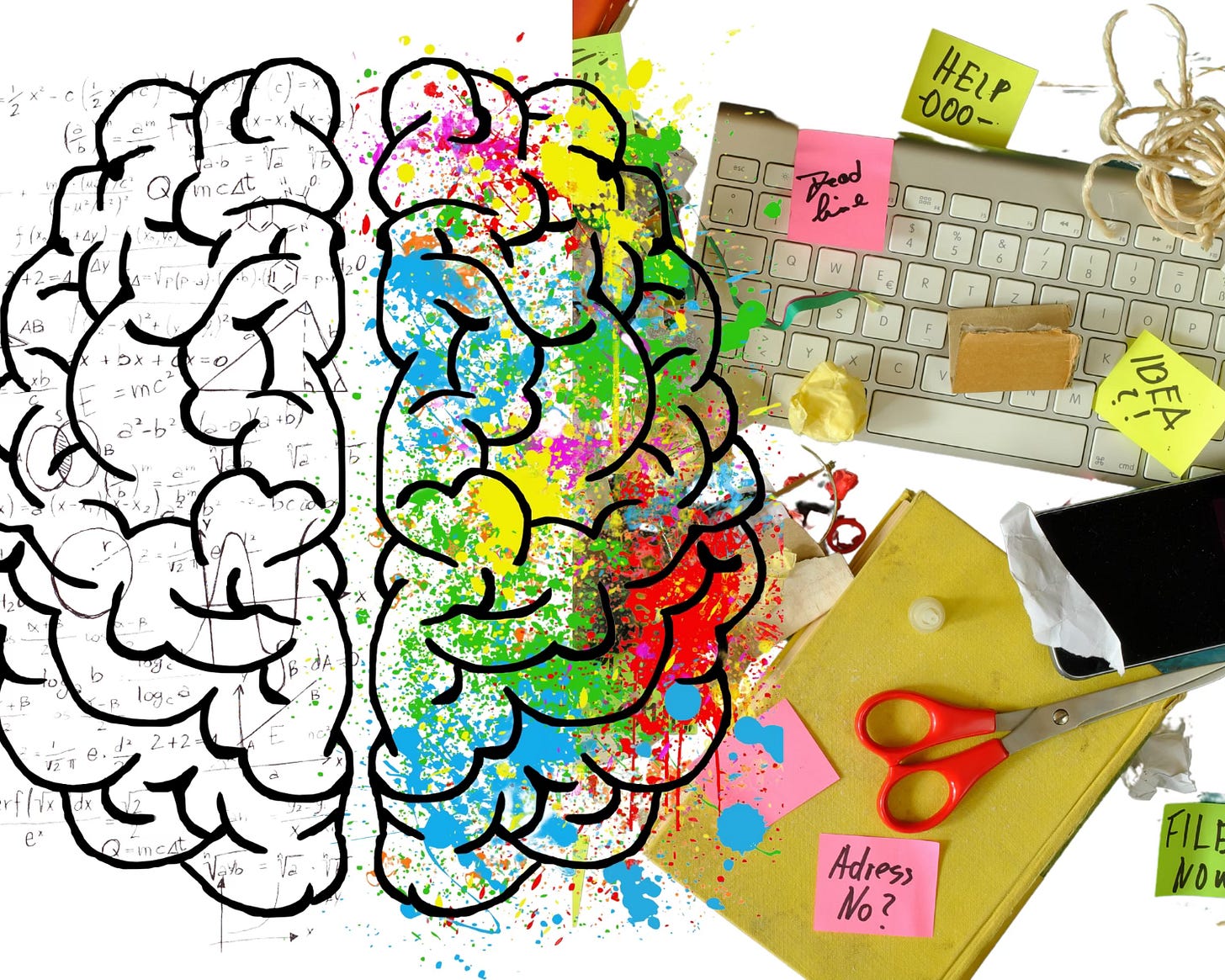🔥 Hot Flashes & Hyperfocus: When ADHD Meets Perimenopause🔥
Brain fog, mood swings, and emotional chaos? Here’s why ADHD often shows up in your 40s—and what you can do about it.
Ever walked into a room, forgotten why you were there, burst into tears, and then got distracted by a pile of laundry you didn’t intend to fold?
Welcome to midlife ADHD. Or perimenopause. Or both.
Because here’s the plot twist no one warned us about:
ADHD and perimenopause share a lot of symptoms—and when they overlap, things can go from mildly chaotic to full-blown meltdown.
Let’s break down what’s happening, why it happens in your 40s, and how you can support your brain and body during this wildly under-discussed season.
Is It ADHD or Perimenopause? (Spoiler: It’s Probably Both.)
Estrogen plays a key role in regulating dopamine—the neurotransmitter responsible for motivation, focus, emotional regulation, and executive functioning.
Basically: dopamine = brain fuel.
And estrogen = part of the ignition switch.
So when estrogen starts to fluctuate in perimenopause (typically between ages 38–48), it can amplify existing ADHD symptoms or unmask ones you’ve been managing your whole life.
Overlapping Symptoms of ADHD & Perimenopause
If you’re experiencing any of the following, you are not alone (and no, you’re not “just being dramatic”):
• Brain fog + forgetfulness
• Difficulty focusing or finishing tasks
• Mood swings and emotional outbursts
• Sleep disruption
• Decision fatigue + overwhelm
• Increased anxiety and irritability
• Sudden intolerance for multitasking
Many women receive an ADHD diagnosis during perimenopause because these shifts bring their struggles into sharp focus.
Why ADHD Often Gets Diagnosed After 40
Before midlife, many women unknowingly develop compensating strategies for their ADHD:
• Overachieving to mask disorganization
• People-pleasing to avoid conflict or shame
• Relying on estrogen’s natural dopamine-boosting effect
But when hormones shift, those coping mechanisms break down. Suddenly, what used to be “manageable chaos” becomes unbearable mental noise.
That’s often the moment women discover:
→ “Wait… this isn’t just anxiety or hormones. This is ADHD.”
5 ADHD-Friendly Tips for Navigating Perimenopause
No perfection here—just simple strategies that actually help when your brain feels like it’s running 47 tabs and playing emotional roulette.
1. Create Flexible Structure
Use visual cues (whiteboards, sticky notes, alarms) and build gentle routines. Your brain needs predictable flow, not rigid pressure.
2. Track Your Cycle (if applicable)
Awareness = power. Note when brain fog or mood dips hit hardest. Many women report a sharp spike in ADHD symptoms during the luteal phase.
3. Prioritize Sleep Like It’s a Job
Your brain’s functioning relies on deep rest. Try calming wind-down routines, magnesium, and blue light blockers. Sleep is your secret weapon.
4. Keep Systems Simple
One planner. One inbox. One to-do list. ADHD + hormone brain cannot handle over-complication. Pick ease over aesthetics.
5. Ask for Support Without Shame
Whether it’s from a doctor, therapist, coach, or community—advocating for your brain and body isn’t weakness. It’s wisdom.
You’re Not Broken—You’re Brilliant and Overdue for a Reboot
Getting older doesn’t mean your brain is falling apart. It means you’re finally uncovering how you’ve been operating all along—and learning how to support yourself better moving forward.
ADHD after 40 isn’t a breakdown.
It’s a breakthrough.
Until next time, take good care of you!
Blair
#ADHDinWomen #PerimenopauseADHD #LateDiagnosisADHD #BrainFog #WomenWithADHD #ExecutiveDysfunction #HormonesAndADHD #NeurodivergentLife #MidlifeMentalHealth #EstrogenAndDopamine





